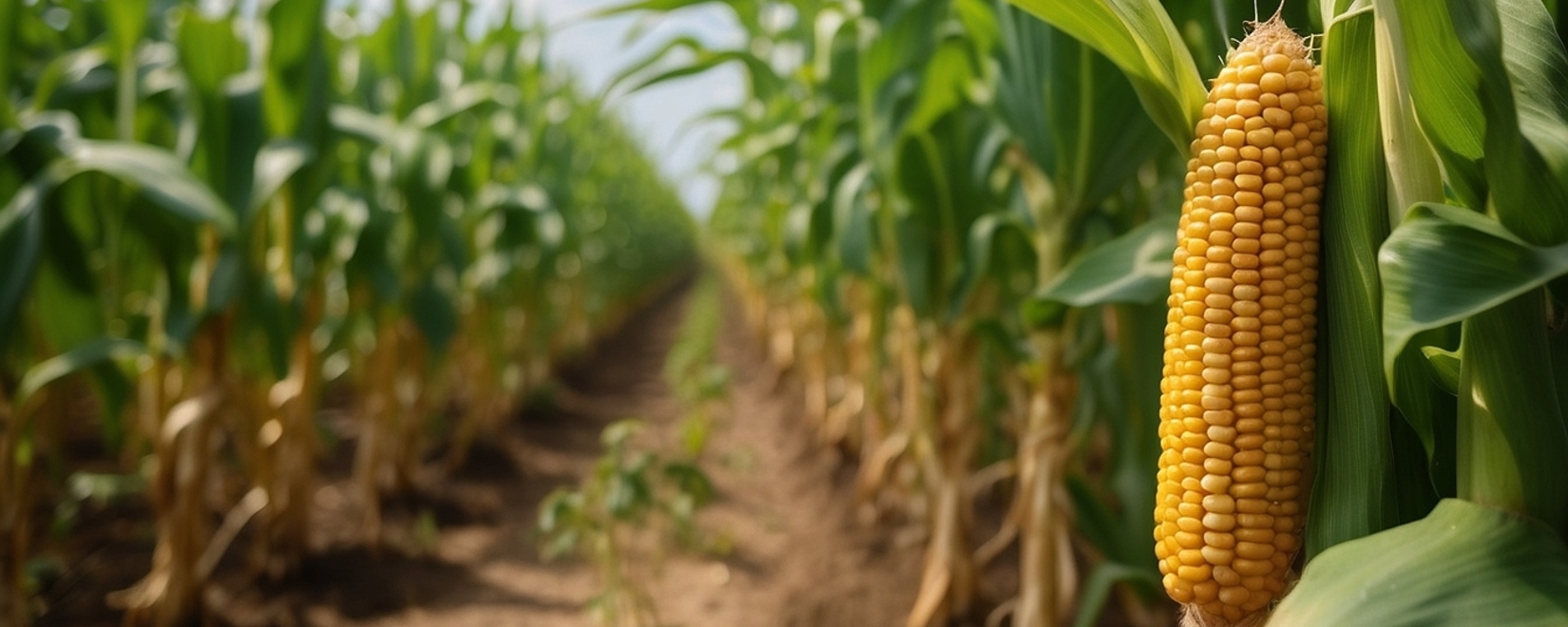Interest rates and inflation in the United States will slow in 2024, as will the overall economy, the United States Department of Agriculture predicts in its review of agricultural conditions for the new year. Prices for three major field crops - corn, soybeans and wheat - will decline for the second year in a row, but will remain above pre-pandemic levels, according to Agriculture news portal.
At the same time, market prices for cattle and pigs continue to rise. At the same time, Americans will consume less meat in 2024, largely due to a reduced and more expensive supply of beef. Over the past five years, the number of beef cows in the country has been declining, and the availability of specimens for slaughter is becoming less and less. However, the USDA expects cattle numbers to recover and beef supplies to increase by 2025.
Taking into account the expected decline in average seasonal prices, farmers will reduce corn and wheat plantings by more than 2 million hectares. At the same time, soybean plantings will be increased. Under normal conditions, this will allow the agricultural sector to adapt to changing market demands and maintain stability in production.
The projected slowdown in US interest rates and inflation in 2024 is a positive sign for the national economy. Lower interest rates can stimulate economic activity, encouraging investment and business expansion. Also, slowing inflation will help keep prices for goods and services at a level affordable for the population.
Overall, the Ministry of Agriculture's forecast highlights the importance of continuous monitoring and adaptation to market conditions to ensure sustainable development of the agricultural sector. With declining beef cow numbers and changes in crop plantings, farmers must be prepared and respond to potential changes by diversifying production and seeking new market opportunities.
Taken together, the expected slowdown in interest rates and inflation, coupled with the adaptation of the agricultural sector to changing conditions, will create a favorable environment for the sustainable development of the US economy and ensuring food security for the national market.

 Trading platform
Trading platform 
 Monitoring
Monitoring  Express applications
Express applications 
 Fork Work
Fork Work 
 Service
Service  News
News  Directory
Directory 
